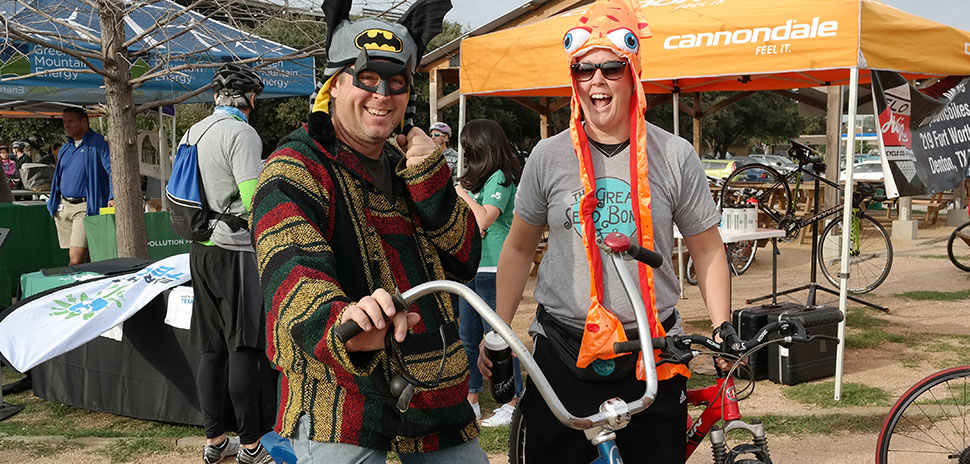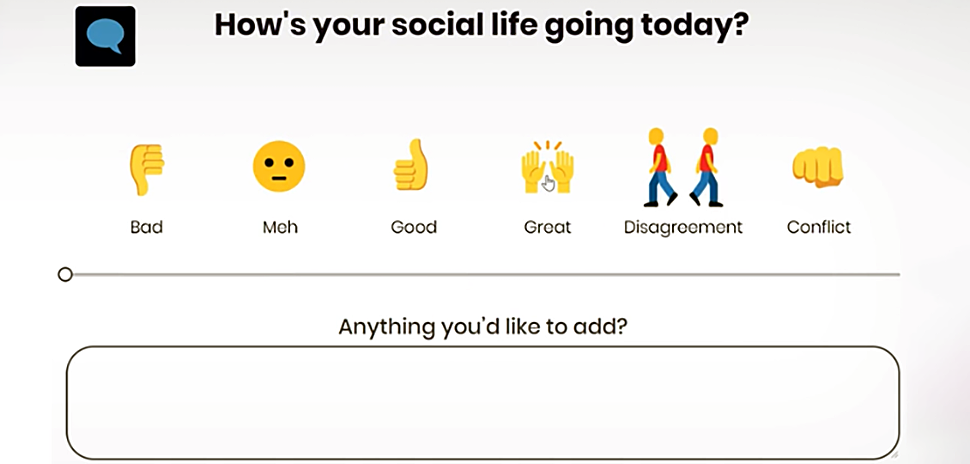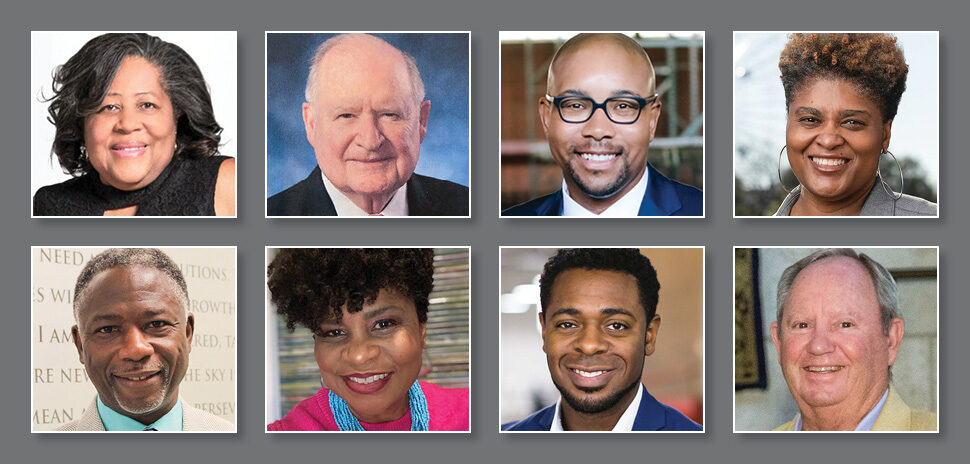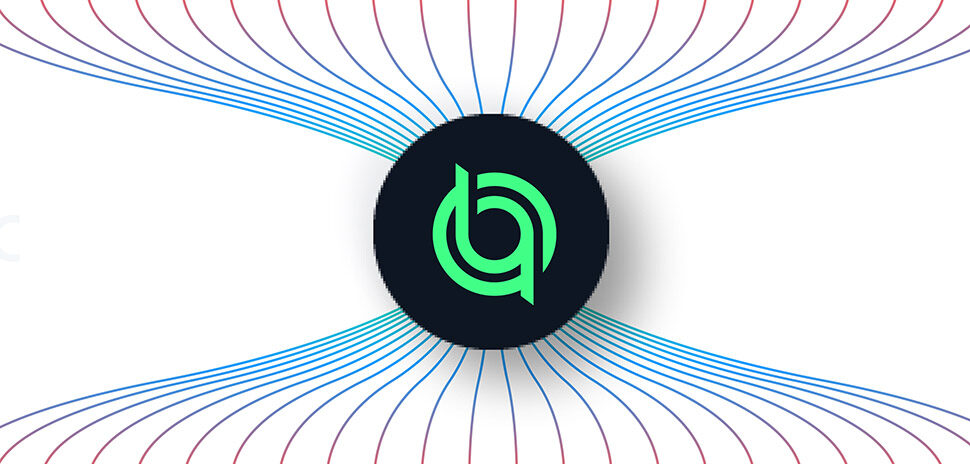Jillian Jordan is puzzled.
Her first campaign for the Great Seed Bomb has proved out one of the truisms of community crowdfunding: “the money will come from your circle: your friends and their friends.”
Her millennial tribe, it turns out, has been a boon. But they have also displayed some surprising behaviors — ones that provide a peek into their generational mindset about donating online to social impact causes.
Recently, I wrote about Jordan’s campaign launch for the Great Seed Bomb. This innovative 15-mile fun ride has participants lob clay “bombs” full of native milkweed and wildflower seeds all along an urban route. The seeds ultimately germinate to provide habitat for pollinators — primarily bees and butterflies.
Besides filling the by-ways with these eco-missiles, participants also get educated at water stops and during an after-party by local pro-pollinator organizations that the event supports. The first ride in Fort Worth last year was a runaway success, to the point that news reports went viral, bringing in requests for similar events around the world.
As the six-week crowdfunding effort draws to a close, we’ll look at the campaign’s successes, challenges, and revelations.
Also lending insights and tips on the campaign is SaraJoy Pond, who launched one of the world’s first crowdfunding platforms for the nonprofit community in 2009. While the project didn’t ultimately succeed, she said she gleaned a wealth of information and data from the experience.
Pond, who has a doctorate in instructional psychology and technology, is the author of “Crowdfunding Bootcamp for Charities: Get the Skills, Discipline, and Tough Love You Need for a Successful Campaign.”
MILLENNIALS RESPOND TO URGENCY IN CAMPAIGNS
One month into the campaign, the Great Seed Bomb’s crowd — coupled with a donation from Earth Day Texas — has given $7,890, just more than 52 percent of its $15,000 goal. Jordan has spent the last couple of weeks pondering the campaign’s status and determining how to approach the final push.
For her launch, she assembled an inner-circle team of more than 25 passionate supporters and prepared them with the materials they needed. Each one received prewritten social posts, copy-and-paste photos, text with hashtags, along with instructions to hit the send button the second they saw it.
They were to post to social media immediately and pledge, then ask their friends to match. Information also went out to another 2,000 people on her email list. She also asked her crowd to share the information everywhere possible.
And share they did.
She had 186 participants on Thunderclap, a crowd sharing platform that amplifies posts on social media. Her analytics showed that the information had been passed on thousands of times.
In fact, the campaign launched with such strength that it was featured in the “Popular Fundraisers” section on the front page of generosity.com for almost a week.
She was baffled, then, as to why she only had 60 donors after a full month.
“One of the things that millennials respond to is urgency.”
SaraJoy Pond
Donors so far have been mostly females in their mid-20s to mid-30s. Pond, who advocates short, intense campaigns, said that a millennial mindset gets in the way of longer campaigns.
“One of the things that millennials respond to is urgency,” she said. “In long campaigns, they feel like if they share, their job is done. They have the attitude that ‘there’s time for the social network to do its job.’”
Pond notes that millennials don’t have a separate bucket for community fundraising in their heads. They are used to seeing successful projects get quickly funded thousands of times over on Kickstarter. While these traditional commercial rewards-based campaigns differ drastically from community crowdfunding, both concepts tend to merge together in their minds.
She tells Jordan not to lose heart. In an environment where, according to The Crowdfunding Center, fewer than one-third of typical campaigns reach their goals, 50 percent at this point is grand. Crowdfunding, she notes, is getting harder as it gets simpler.
“It has become so familiar that it’s an easier sell,” Pond said. “But now people want to see the next thing to surprise and amaze them. They are so used to the viral runaway successes that making a plan and reaching your goal seems rather pedestrian to them.”
FINAL DAYS OF A CROWDFUNDING CAMPAIGN ARE ‘POWERFUL’
Pond believes that the last 48 hours of a campaign can be just as powerful as the first 48.
Her suggestions for Jordan?
Dig into the data she can access through the crowdfunding platform. Look for her bright spots and see how she can make those multiply. Target communication to those communities. For example, messages to pollinator organizations should speak their language and contain infographics and stats.
Asking people to donate again may not work, she said, but getting them to “feel” it by creating an in-person event will remind them why they were excited about supporting and sharing it in the first place.
Her solution: a big party and bike pub crawl.
Jordan’s plans gear along those lines. They include seeking donations at upcoming seed bomb-making parties and a Geeks Who Drink Trivia night, which will benefit the Great Seed Bomb project. And she’s been exploring other options, as well, as the campaign is building to a grand finale.
Jordan has been encouraged by hearing from Pond that 53 percent is, by all measures, doing well at this point and that the urgency of the last 48 hours can prove dramatic. She intends to push hard toward the finish.
“People are supporting it, and they really like it, but we need to get them moving in the crowdfunding area.”
Jillian Jordan
She’s also out talking — a lot.
“My team and I are getting lots of invitations to speak around town,” Jordan said. “So far we’ve been on United Way and Earth Day Texas panels and done interviews. We’ve also participated in Park(ing) Day.”
For Jordan, the good news is that when she goes to the events now, people often know who she is and have heard of her project.
“People are supporting it, and they really like it, but we need to get them moving in the crowdfunding area,” she said.
If urgency motivates millennials, then Jordan is moving toward pay dirt. With an Oct. 17 deadline for the campaign, she’ll see if her crowd is willing to lob enough funding in the project’s direction to meet her goal.
In my next piece, I’ll let you know how the effort turned out.
READ MORE
How Crowdfunding Can Enhance Communities
Delivering what’s new and next in Dallas-Fort Worth innovation, every day. Get the Dallas Innovates e-newsletter.













![Clockwise from upper left: John Ficken, Ali Wajahat, Sanjiv Yajnik, Valerie Jarrett, Amanda Cage, Marissa Horne, Alan Cohen, Evan Frazier, Vu Le, Emary Aronson, and Chastity Lord. [Photos via Capital One]](https://s24806.pcdn.co/wp-content/uploads/2021/10/CapitalOne2021ReimagineChangemakers-970x464.jpg)




















































